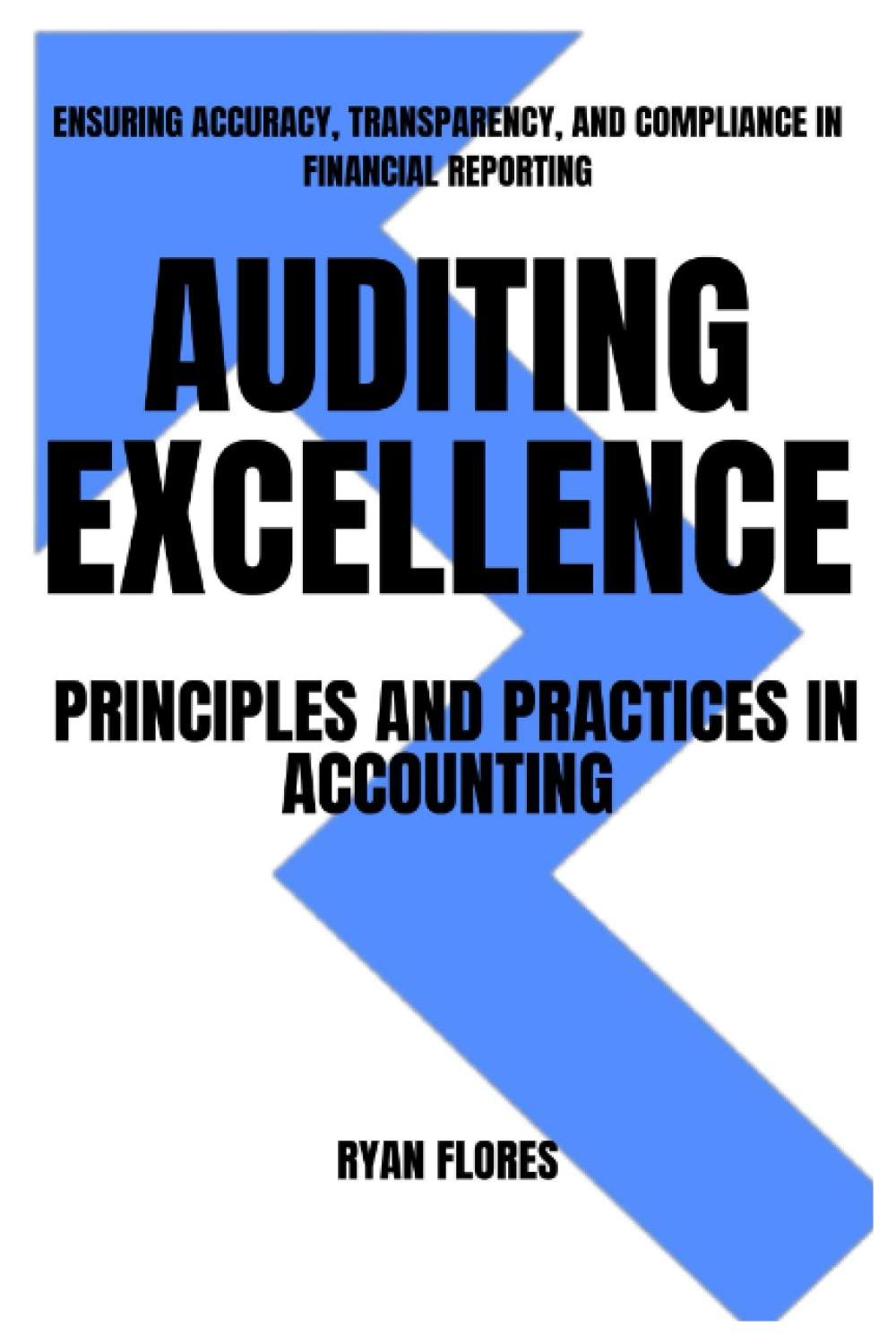


Consider an extraterrestrial rover operating in an extremely rugged terrain. The rover is modeled to be moving on a discretized state space the 7 x 7 grid. Each tile is a square of length 1 meter. The rover starts in the top left tile of the grid (marked with a red circle) and its objective is to reach the bottom left tile of the grid (marked with a blue circle). The elevation of the center of each tile is illustrated by different colors on the map and is, in meters, given by the following table: 5.7 0 1.3 0.2 0.2 2.1 5.5 4.5 3.9 7.6 5.2 7.2 6.4 5.3 0.2 8.4 0 2.2 0.8 1.2 9.8 9.4 8.9 6.2 1.9 8.2 9.0 7.2 0.8 0.4 3.0 0.4 0.6 0.4 4.9 0.3 1 0.6 1.3 6.4 7.1 8.8 7.7 4.4 6.5 0.4 3.5 1.0 2.4 At every time step, the rover can always move to a neighboring tile (going either west, south, east, or north), or can stay in place. At time t, the rover expends et = d(st, St+1) units of energy, where d is the square of the Euclidean distance between the center of the tile it is moving from, denoted by St and the center of the tile it is moving to, denoted by St+1 (note that d(st, St+1) + 1, as it also depends on the difference in elevations). Determine a path which enables the rover to reach its objective within a particular time constraint with the least amount of energy expended. To do that, solve the following: 9 8 7 6 5 3 2 0 Determine the optimal path for the agent, if it is required to arrive at its goal within N time steps. Determine the total amount of energy that the agent expends while following this path, expressed in units of energy. (a) Consider N = 6. (b) Consider N = 12. Consider N = 20. Consider an extraterrestrial rover operating in an extremely rugged terrain. The rover is modeled to be moving on a discretized state space the 7 x 7 grid. Each tile is a square of length 1 meter. The rover starts in the top left tile of the grid (marked with a red circle) and its objective is to reach the bottom left tile of the grid (marked with a blue circle). The elevation of the center of each tile is illustrated by different colors on the map and is, in meters, given by the following table: 5.7 0 1.3 0.2 0.2 2.1 5.5 4.5 3.9 7.6 5.2 7.2 6.4 5.3 0.2 8.4 0 2.2 0.8 1.2 9.8 9.4 8.9 6.2 1.9 8.2 9.0 7.2 0.8 0.4 3.0 0.4 0.6 0.4 4.9 0.3 1 0.6 1.3 6.4 7.1 8.8 7.7 4.4 6.5 0.4 3.5 1.0 2.4 At every time step, the rover can always move to a neighboring tile (going either west, south, east, or north), or can stay in place. At time t, the rover expends et = d(st, St+1) units of energy, where d is the square of the Euclidean distance between the center of the tile it is moving from, denoted by St and the center of the tile it is moving to, denoted by St+1 (note that d(st, St+1) + 1, as it also depends on the difference in elevations). Determine a path which enables the rover to reach its objective within a particular time constraint with the least amount of energy expended. To do that, solve the following: 9 8 7 6 5 3 2 0 Determine the optimal path for the agent, if it is required to arrive at its goal within N time steps. Determine the total amount of energy that the agent expends while following this path, expressed in units of energy. (a) Consider N = 6. (b) Consider N = 12. Consider N = 20









